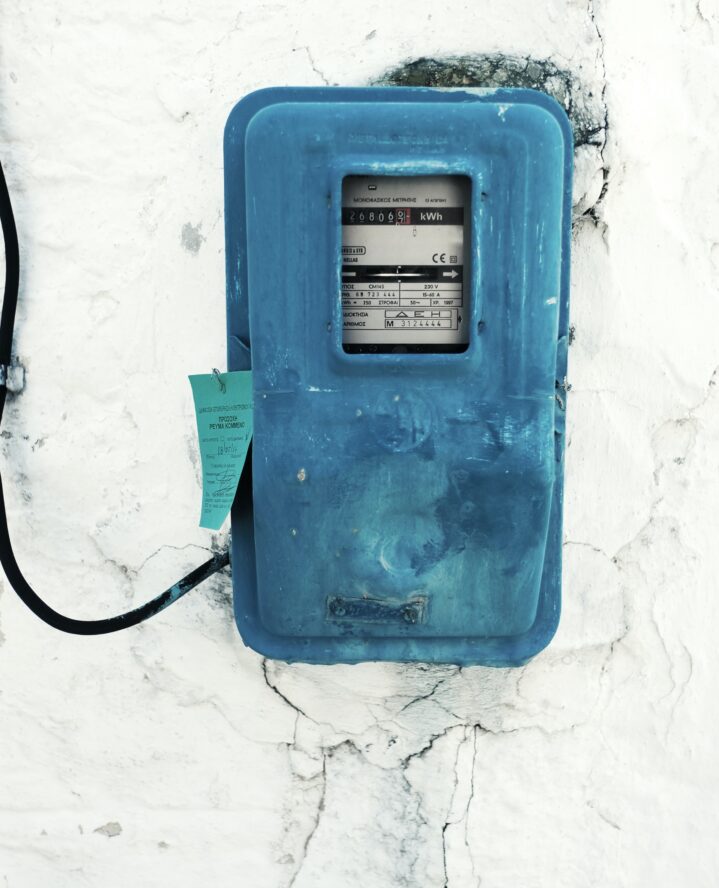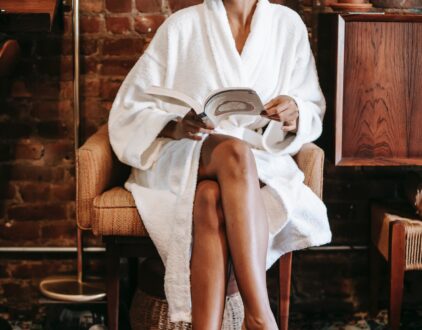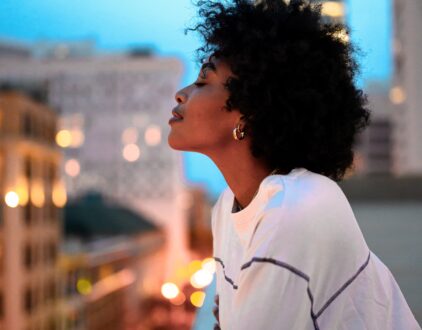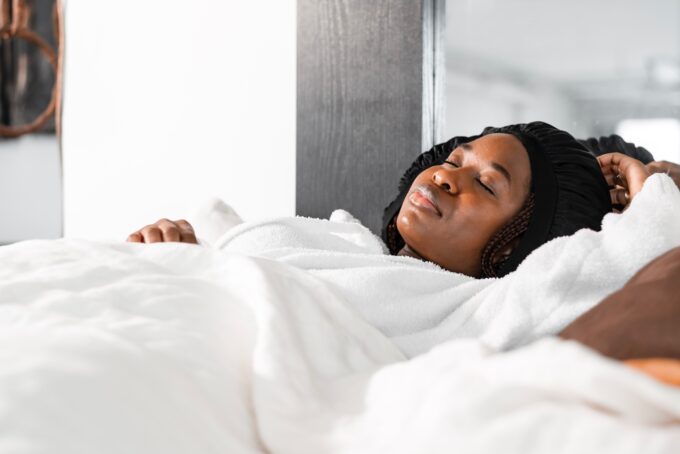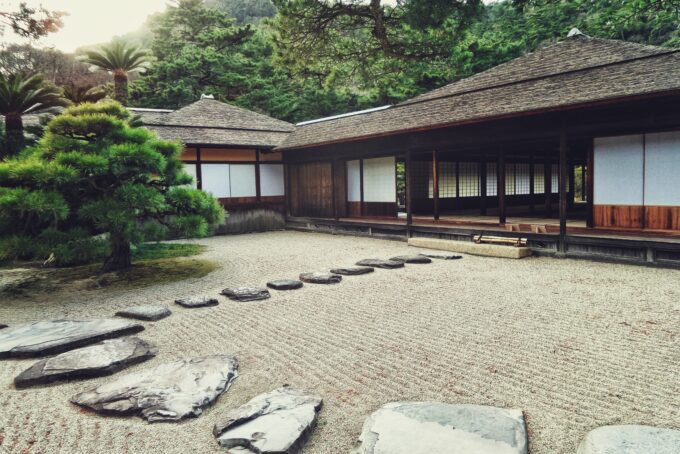For responsible homeowners, safety is paramount. The home is meant to be a place of respite and retreat from the hustle and bustle of the world around us. But when not properly maintained, the home can be just as dangerous. There are several home safety hazards that are easy to miss, from silent threats such as carbon monoxide poisoning to visible dangers like faulty electrical wiring.
Understanding these common home safety hazards is crucial in order to have a safe living space. That way, you can easily spot and address the problem to prevent further damage or harm. To fortify your home against commonly overlooked threats, here are eight home safety hazards you should watch for:
1. Radon Gas
Radon is a colorless and odorless gas formed by the natural breakdown of uranium found in soil, rock, and water. It can seep through the ground into your living space, and in severe cases, can pose a significant risk to your health, leading to conditions such as lung cancer.
Because radon is imperceptible to humans, regular testing using radon testing kits can help keep you and your loved ones safe and prevent prolonged exposure.
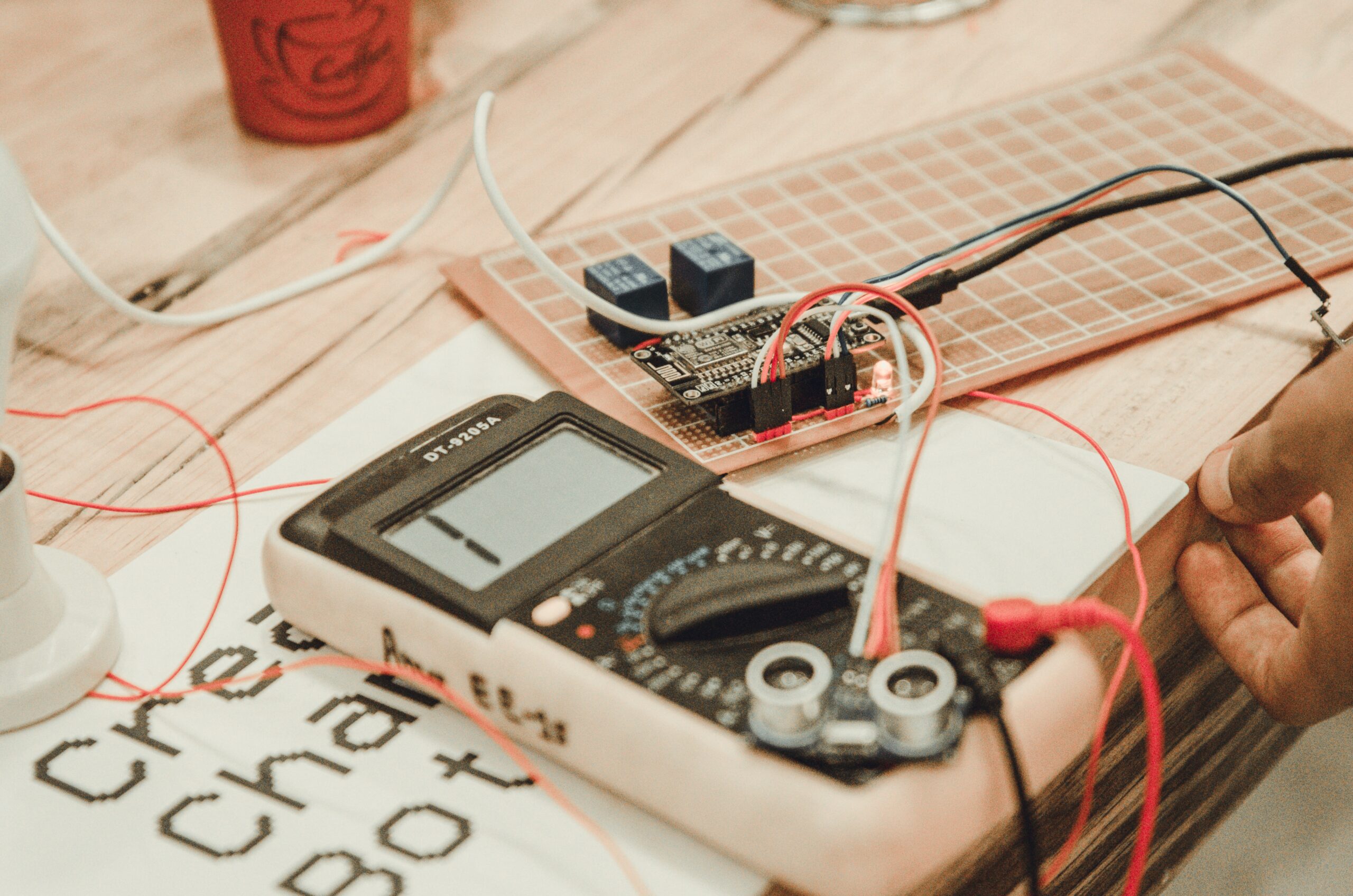
2. Electrical Wiring Issues
If you have faulty wiring — i.e. exposed cords, frayed wires, or overloaded outlets — take caution. Electrical wiring issues can have devastating consequences, electrical fires being the most common. To maintain a safe and secure environment, schedule an inspection with a professional electrician who can fix potential hazards before they become a bigger problem.
3. Dryer Vent Buildup
Regularly cleaning your dryer vents is pretty easy to forget. But when too much lint starts to accumulate in the dryer and exhaust system, it can lead to a fire hazard. This happens because lint is highly flammable, so the buildup of heat plus restricted airflow can spell disaster for not only your dryer but your entire home.
To avoid this, be sure to clean the lint filter once or twice per year and schedule annual inspections to spot potential hazards before they start.
4. Water Heater Temperature
Water heaters are a necessity in our homes. They provide hot water for showers, dishwashing, laundry, and more. So because water heaters are so important, they should be maintained as such. This includes setting them at an appropriate and safe temperature, especially if you live in a household with children or elderly people.
When the heater is set at too high a temperature, it can cause the water to become scalding hot, leading to severe burns and skin damage. So to keep safe, be sure to set your water heater at a safe temperature — 120° Fahrenheit (49° Celsius).
5. Slippery Bathtubs and Showers
Without a railing to hold onto, wet bathroom surfaces can cause you to slip and slide, leading to a painful fall. Instead of taking a chance on a slippery bathroom floor, use non-slip mats or adhesive strips in your tub or shower to keep from falling.
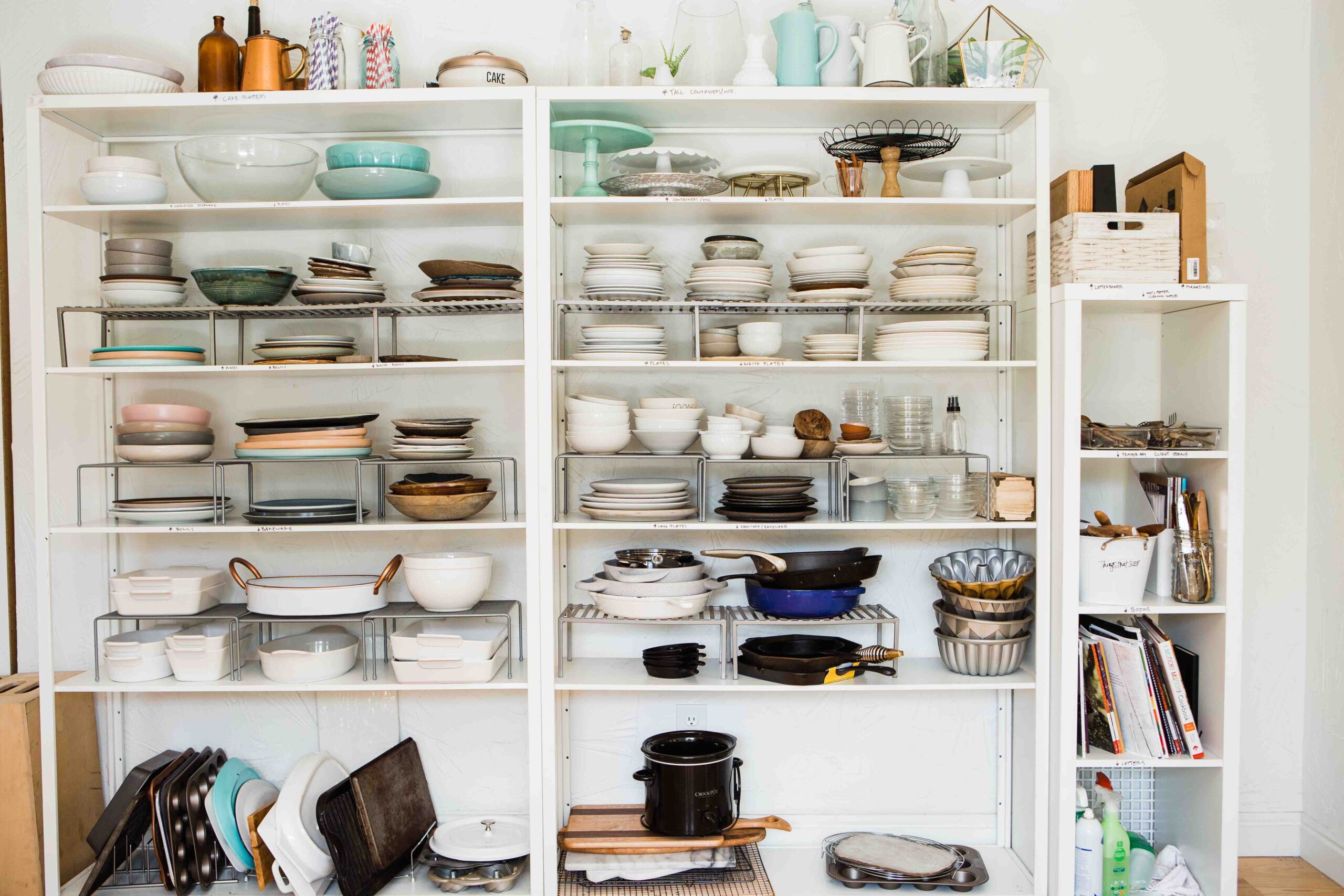
6. Unsecured Furniture
When unsecured, heavy furniture can pose a significant risk of toppling over and damaging your floors and other furniture or even causing physical harm. For this reason, they should always be anchored to the ground or the wall, especially if you have young children. To prevent accidents, try using furniture straps to discreetly secure bookshelves, dressers, and other large furniture and appliance products to the wall for a safer environment.
7. Mold and Mildew
Finding mold in food can cause you to become really sick, but finding it inside your home can be just as harmful. When you have damp or humid conditions in your living space, you up the risk of developing mold growth. This can create unhealthy air quality, leading to respiratory issues such as allergies, asthma, or infections.
When your home is properly ventilated, you can ensure a clean and safe environment. If you see a leak, address it promptly! Always remove mold as soon as it appears, keeping the area clean and dry to avoid the potential health risks associated with mold and mildew.
8. Pest Infestations
Creepy, crawly critters such as termites or rodents can wreak havoc on the structural integrity of your home. And when that happens, it can lead to compromised safety, a decline in your property value, and a pretty hefty price tag. Fortunately, you can prevent this by ensuring your space is regularly inspected for signs of infestations.
popular posts
- 1It’s Black Business Month, So Let’s Go Shopping and #BuyBlack!
- 2These Home Decor Items Will Instantly Make Your Space Look Outdated
- 3Black-Owned Home Decor Stores To Support Across the United States
- 4A Look Inside Elon Musk's Tiny $50,000 House
- 57 Black and Multicultural Designers To Follow For Design Inspo
Spaces
Whether it’s luxury or ease, every area of your home should be as fabulous and unique as you.
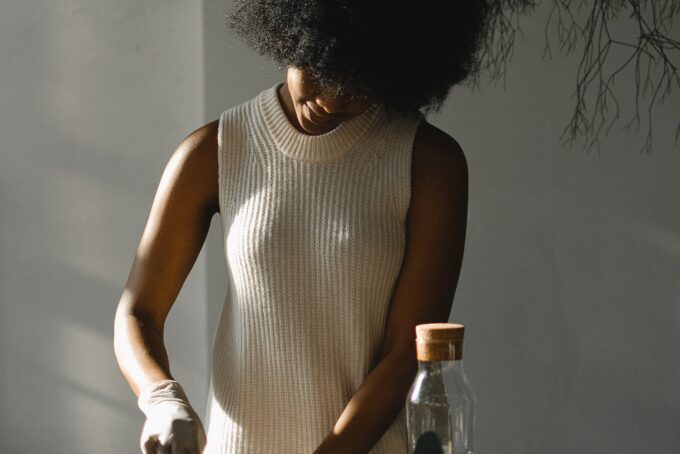
Top 7 Essential Oils to Promote Wellness in Your Home
by Melody Beuzelin | April 18, 2023
FOLLOW ALONG ON INSTAGRAM
#homeandtexture
Find us on social for more home inspiration where culture, personal style, and sophisticated shopping intersect to help you create a home where you love to live.
